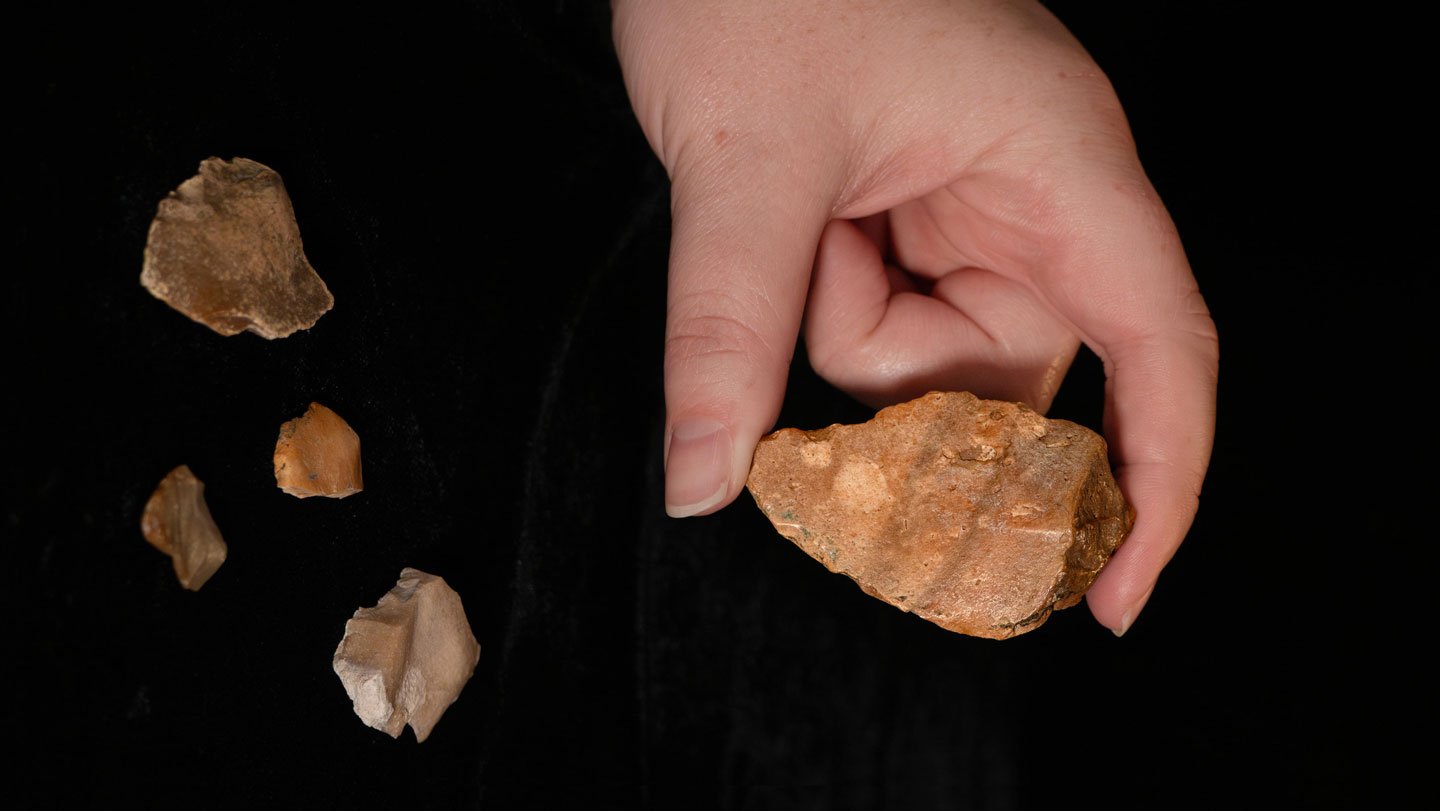
Stone tools unearthed on the Indonesian island of Sulawesi suggest that ancient human relatives arrived there between about 1 million and 1.5 million years ago — far earlier than previously known.
The discovery, described August 6 in Nature, pushes back the timeline for hominid occupation of Sulawesi by hundreds of thousands of years. It also suggests that ancient hominids lived on the island around the same time, or possibly earlier, than ancestors of small-bodied Homo floresiensis, the “hobbits” of nearby Flores, who lived on that island until about 50,000 years ago.
Until now, the oldest evidence of hominids on Sulawesi — 315 stone tools excavated at four sites — dated to as old as roughly 194,000 years ago.
The newly discovered seven stone artifacts, found at a site called Calio, show signs of proficient toolmaking, say archaeologist Budianto Hakim of Indonesia’s National Research and Innovation Agency in Jakarta and colleagues. The largest tool runs about the length of an adult human thumb. Ancient toolmakers performed a range of cutting and scraping tasks with those implements, the researchers suspect.
Hakim’s group found no hominid fossils at Calio, but they suspect that the ancient Sulawesi hominids belonged to a Homo species, either direct or distant ancestors of people today. That suspicion derives from a previous proposal that H. erectus arrived on Flores around 1 million years ago and evolved into hobbits.
“We can’t say anything about how [hominids] initially got to Sulawesi, or whether the population responsible for making these tools was long-established on the island or short-lived, based on stone tools alone,” says archaeologist and study coauthor Adam Brumm of Griffith University in Brisbane, Australia.
To get a rough age for the tools, the team relied on measurements of previously dated reversals of Earth’s magnetic field in Sulawesi sediment layers. The scientists narrowed down that estimate by calculating decay rates of radioactive forms of uranium in two teeth from a pig jaw found near the stone tools.
To reach Sulawesi and Flores, ancient hominids must have crossed short stretches of ocean, either as accidental castaways or navigators of vessels. Lowered sea levels around 1 million years ago extended mainland Southeast Asia close to both islands, especially Sulawesi.
Source link




